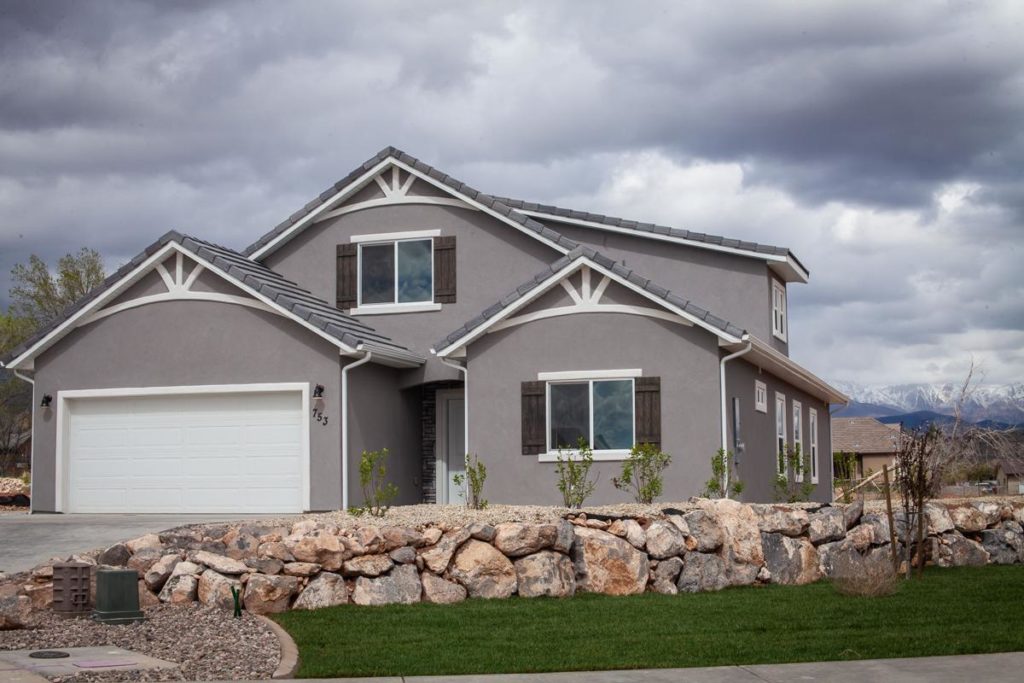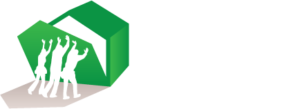
-by Genelle Pugmire – Daily Herald
The Mutual Self-Help Housing Program is like a gentle step back in time where neighbors, something like an Amish barn-raising, get together to build homes and lasting neighborhoods.
Self-Help Housing started in Utah County on Aug. 5, 2000, when six families began building their own homes in Payson.
Those six homes have grown to 515, with 75 being completed this year. The homes are part of the U.S. Department of Agriculture mortgage purchase program in conjunction with the Department of Housing and Urban Development.

The Bernard family built a home that will help their son, who needs special ADA designs. July, 16 2020
The idea is to build up rural areas and help lower income areas thrive, according to Brad Bishop, executive director.
“It’s grown so much we’ve had to go into the development business,” Bishop said. Currently families are finishing neighborhoods in Salem and Toquerville. The projects qualify from Eagle Mountain to most areas in Washington County, excluding St. George.
The Bernard family, that needed a home designed for their son who is in a wheelchair, just completed their home in Toquerville. While the Van Tonder family of five are currently building in Salem. When the Van Tonder family was looking for a place to live in Utah County they found their income could buy a $150,000 home. They couldn’t buy anything for that and most renters weren’t too keen on renting two-bedroom apartments to a family with three children, according to Jeanpierre Van Tonder.
HUD establishes the monetary guideline for those who can build, Bishop said.
“40% of our families earn less than 50% of the area median income,” Bishop said. “Our first six lots cost $38,000 apiece. Lots are now between $70,000 and $140,000 apiece.”
The nonprofit 501(c)(3) was born from the Provo Housing Authority where Bishop used to work. The program cannot be attached to other government programs, so Bishop left his work at the housing authority and started the Self-Help Housing program.
They have an active Board of Directors, engineers and other trainers for on-site help for families to learn how to build and do things correctly.
Provo residents will be familiar with one of the first projects Bishop tackled.
Several homes in the Maeser neighborhood built around the old Maeser Elementary School were part of the Urban Self-Help program. They can be recognized by the colorful exteriors in blue, green, red and yellow.
Families in the program must spend 35 hours per week on the building of their home and half of the build must be done by the owners. The other half can involve volunteers.
“With COVID-19, we must keep volunteer groups limited,” Bishop said.
The group has 30 to 40 house designs to choose from, most of them are three-bedroom and two-bathroom homes with about 1,400 square feet finished and unfinished basements making them about 2,800 total square feet. The home plans are assigned a lot and the families choose from there.
There also are a few designs that meet Americans with Disabilities Act standards and needs, according to Bishop.
“Families must do the framing, roofing, rockwall outsides, landscaping and install cabinets,” Bishop said. “They must choose colors for their homes with the idea they will be different from their neighbor.”
You must have 10 families building at one time so that all are doing the framing at one time and so on. It is a money-saving process just like large developers do.
“It takes seven to 11 months to complete, and you don’t move in until all the homes are completed,” Bishop said. “Over the years, they (owners) get the greatest neighborhood in the world. It’s a total barn-raising effort.”
Bishop added, “It’s one of the greatest things families can do to help each other.”
Families must have $500 to put down on the house but when they are done and turn the doorknob on the completed house, they will already have between $60,000 and $80,000 worth of equity in the home.
“The other benefit is they came out with skills,” Bishop said. “It’s helping families help themselves.”
For information, visit https://www.selfhelphomes.org.

